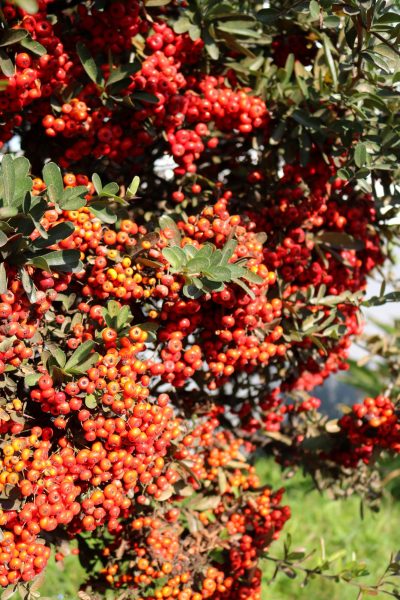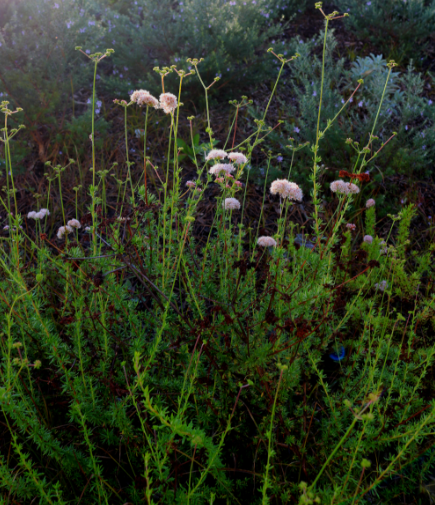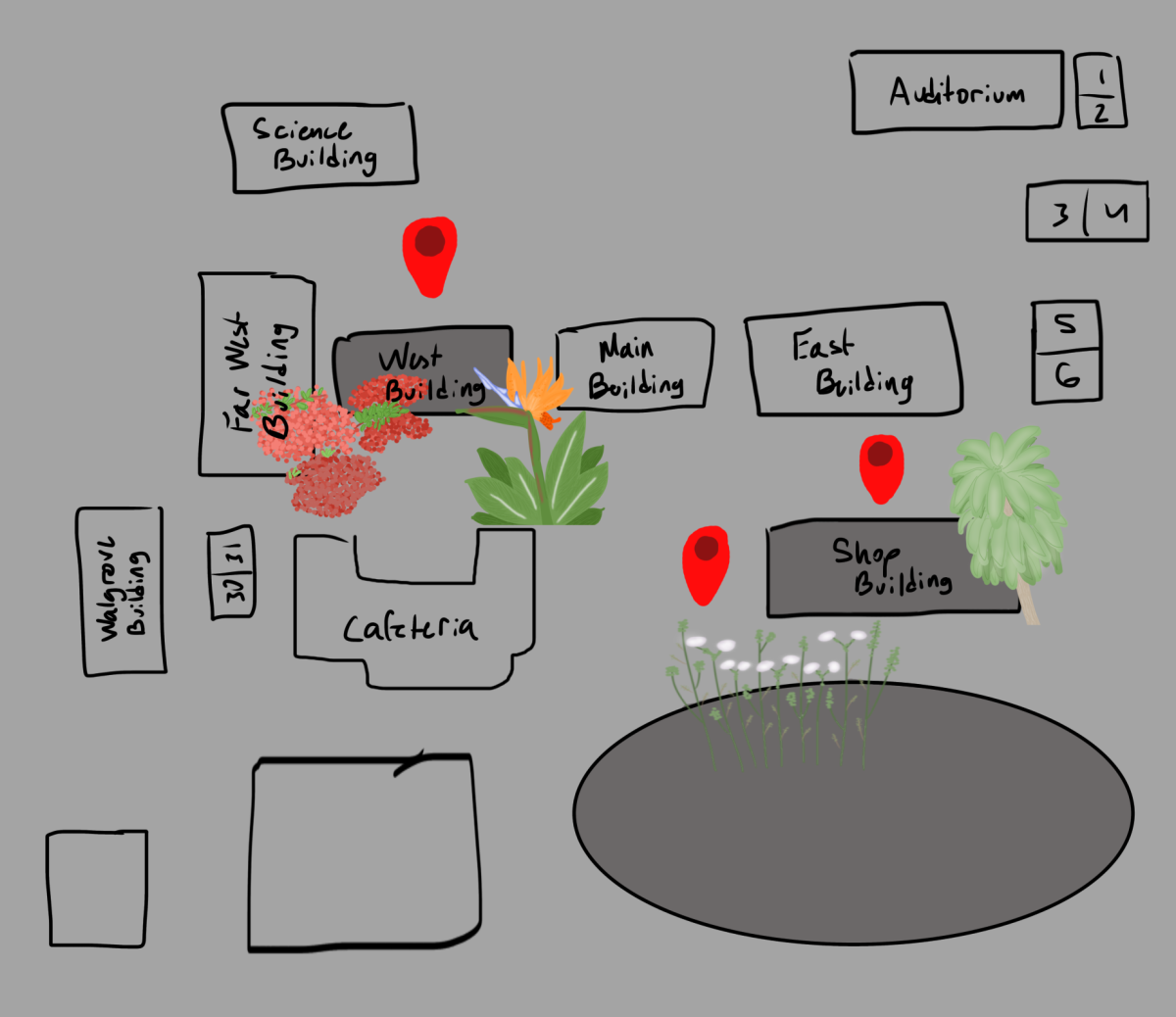Be-leaf me when I say that if you really look around our campus, you may see some pretty interesting plants.
I took the liberty to go around school and identify some plants that caught my eye, because plants need more representation. There are never two plants that are identical. From their leaves, to whether they grow flowers or not, they are all unique.
To identify these plants I needed an app, since I unfortunately don’t know the names of every plant just off the top of my head.
I used the app Plantum, which is a free app that can identify plants, insects, rocks, and mushrooms. This app can even diagnose your plant for you, and give you tips on how to take care of your beloved plants.
White sage

Location: Outside shop building.
What it looks like: soft light green leaves; long grayish branches and stalks
I found this white sage outside of the shop building.
According to the app I used to identify these plants, this white sage was sick. I don’t know much, but to me, this plant looked perfectly fine, its leaves still looked a perfect shade of light green, but honestly, I’m not really a qualified plant doctor so my insight shouldn’t count.
Other than that, this plant is apparently “sick,” it had whitish green leaves that smelled pretty plant-tastic (like the smell of the inside of an essential oils store).
In the spring, this white sage will bloom with flowers attracting many bees. But in the meantime, this plant is just a bunch of thick stalks with soft almost fuzzy-like leaves.
I’m rooting for this plant to get better soon!
Scarlet firethorn

Location: The side of the west building, near lunch tables.
What it looks like: It looks like a tree with little red berries on it and medium green colored leaves.
Have you ever wondered what those little red berries growing on plants tasted like? Well, scarlet firethorn plants are filled with many of those little red berries that I’m sure at one point or another we’ve all been tempted to try just one.
The app said that these berries are technically edible, they would just be very, very bitter. Too bitter to the point where you can’t eat them raw.
People cook with the berries and make jams from them. Personally, I wouldn’t reach for a scarlet firethorn jam on the shelf.
Another thing about this plant is that it’s highly toxic to pets. So make sure to not let your dog or cat anywhere near this tree unless you’re trying to poison them, which I hope you’re not!
Other than all of that, this plant looked very plant-like.
It was just your average plant that looked like a big bushy tree with dark green leaves, and covered in those bright red berries that we’ve all wondered about.
But it was a thorn in my day when I found out that this plant was also sick.
So far, two of the plants I’ve found have been diagnosed with some sort of illness, so let’s hope the next one is healthy.
California buckwheat

Location: Between the shop building and the football field.
What it looks like: This plant looked like a bunch of small whitish-gray flowers all bunched together to form a ball on a stalk.
This California buckwheat is a very common plant.
There’s a high chance you’ve seen this plant at least once in your life. To describe it in short, it looks pretty basic. California buckwheat is just a simple little plant that has clusters of small flowers on a thin stem.
According to Plantum, this plant is the most important native nectar source in California. I guess that means that a lot of our honey comes from these little basic plants, which means that they need to stay healthy and guess what, this plant was diagnosed as healthy!
Personally, this plant looked the most dead out of all the plants I found, but it looks like things are growing well for this California buckwheat.
Bird of Paradise

Location: Between the lunch tables and the side of the west building wall.
What it looks like: Dark green pointy leaves, colorful spiky flowers growing on the leaves.
Bird of paradise plants are very hard to miss.
They always look on point with their orange, red, blue, and yellowish flowers.
These bright colorful flowers sprouting on this plant are meant to resemble a bird in flight, hence the name- bird of paradise plant.
There are a few of these plants along the wall of the west building near the lunch tables.
This specific one that I identified was also sick! Three out of the four plants I found happened to be sick.
I wonder what’s in the air causing these plants to get sick. It’s almost like there’s a plant flu going around.
You probably wouldn’t think much of this plant, but it was awarded the official flower of L.A. You learn something new every day! Or at least I did, because I never knew this.
This plant is pretty untouchable because other than being quite a famous plant, this is its season to bloom bright and big, which it’s not really doing. Looking closely I can actually see how this plant is sick. The flowers are wilting and starting to turn brown. Making them look less like a flying bird.
Biology teacher, Victoria Garay said that she thinks some of these plants could be dying because they may be growing in the wrong climate or ecosystem.
“Maybe they’re getting burned by the sun, or not getting enough water. Or maybe there’s some sort of insect or pests that are eating them during this time,” said Garay.
Final takeaways
- The plants that are around campus and not just in the garden are really pretty if you stop to look.
- Majority of the plants are sickly.
- And overall, we can all live in peace knowing that those little berries on scarlet firethorn plants are somewhat edible.









